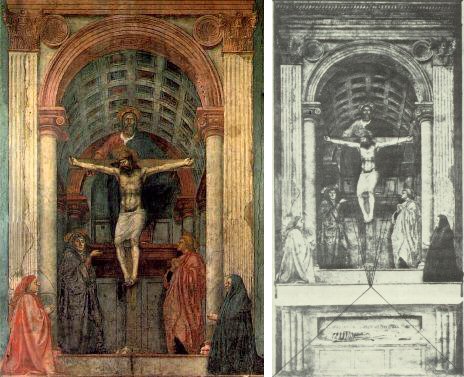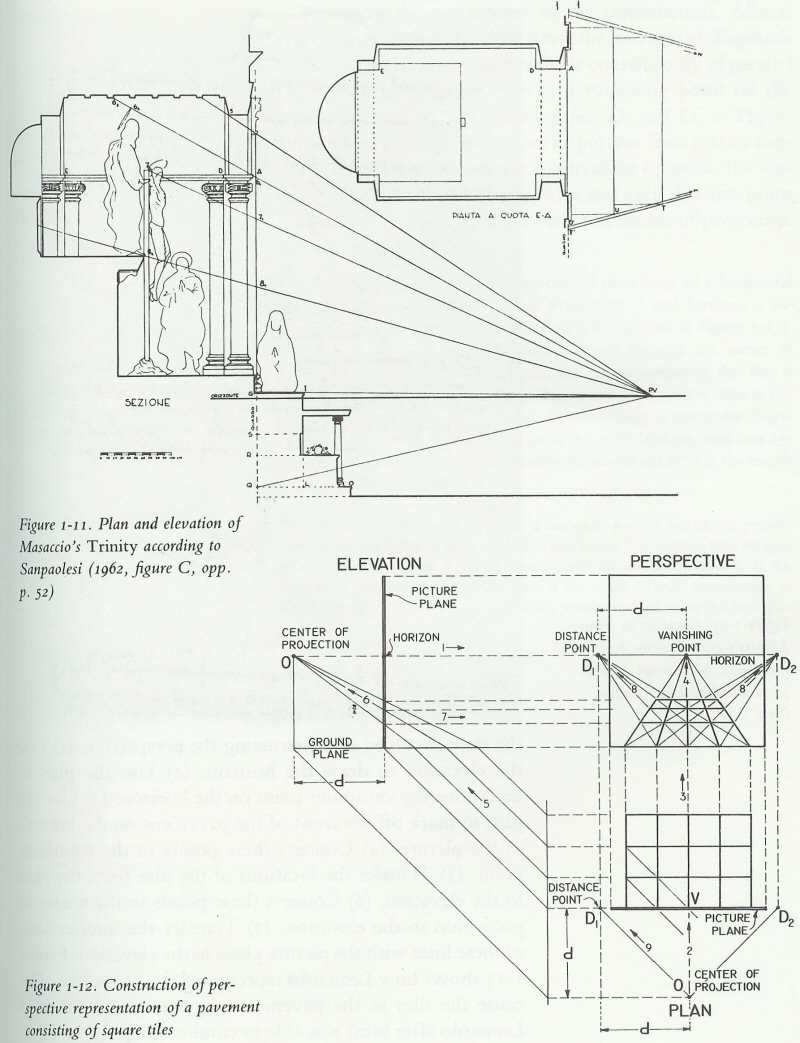
| Otto B. Wiersma |
17 Feb 2007 – 29 May 2008 (last update) |
abstracts home |































































| eye-hight & plane-distance of O | number of steps to reduce the distance between AI and V | resulting distance QA |
| 1 cm | 7 | 1.28 m |
| 10 cm | 10 | 102,4 m |
| 1 m | 14 | 16.384 km |
| 2 m | 15 | 65.536 km |

























































